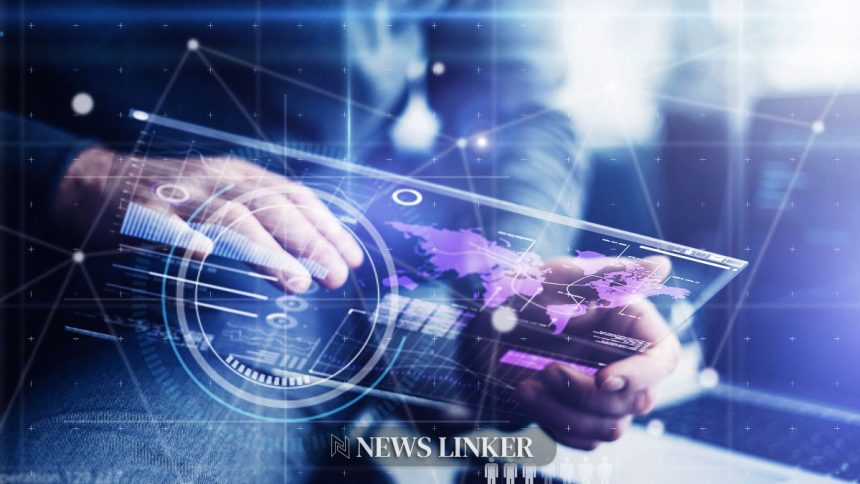An important legal decision late Friday has placed new restrictions on the use of surveillance technology by NSO Group, specifically prohibiting the company from targeting WhatsApp users. The ruling, issued by Northern California District Court Judge Phyllis Hamilton, addresses longstanding concerns around digital privacy and the impacts of hacking technologies on consumer trust in secure messaging platforms. Industry observers have noted that the outcome could influence how tech service providers protect users from sophisticated spyware in the future, while also shaping expectations for punitive damages in similar lawsuits.
Compared to prior media coverage, earlier reports mainly focused on the significant punitive damages sought by WhatsApp’s parent company, Meta, and the ongoing acquisition of NSO Group by American investors. Previous information highlighted public scrutiny of NSO’s Pegasus spyware and widespread criticism from human rights advocates. This new decision prioritizes limitations on future abuse rather than large financial penalties, shifting attention toward user protection measures and judicial assessments of illegal surveillance resulting in reputational harm.
What Are the Immediate Impacts of the Court’s Injunction?
The injunction delivered by Judge Hamilton bars NSO Group from deploying its surveillance technology against WhatsApp’s global user base. This is a direct response to concerns about the undermining of end-to-end encryption, which WhatsApp employs as part of its core privacy offering. The ruling underscores the platform’s commitment to privacy, noting that loss of encryption could drive users away and damage business operations.
How Are the Involved Parties Responding?
WhatsApp has publicly welcomed the decision, emphasizing the long duration and complexity of the litigation. Will Cathcart, the head of WhatsApp, stated,
“Today’s ruling bans spyware maker NSO from ever targeting WhatsApp and our global users again.”
He further commented,
“It sets an important precedent that there are serious consequences to attacking an American company.”
Meanwhile, NSO Group’s representatives acknowledged the significance of the damages reduction but criticized parts of the ruling, asserting that their technology provides value to government and law enforcement clients. The damages initially amounted to $167.3 million but were reduced to $4 million, a move NSO describes as “a step in the right direction” despite still considering the remaining sum disproportionately high.
What Are the Broader Implications for Surveillance Technology?
While the injunction only applies to NSO Group and not their clients, its specificity is likely to affect the company’s market outlook, especially as its main product, Pegasus, faces increased scrutiny worldwide. The court declined to label the NSO Group’s behavior as “particularly egregious” due to a lack of precedents in similar digital surveillance cases. The outcome has already triggered discussions around public safety and the balance between security technology and personal privacy. NSO continues to claim its tools are vital for government agencies combating terrorism and crime, but the company’s future legal and financial strategy remains uncertain.
Close analysis of the case indicates a shift in legal focus from imposing heavy financial punishment toward explicitly restricting harmful technological practices. For Meta and WhatsApp, the decision is a validation of their user-focused security claims and evidence of the judiciary’s awareness of digital threats to privacy. For NSO Group, the damages reduction offers a temporary reprieve but the injunction limits their operational scope regarding targeted surveillance. Legal observers will watch how these constraints interact with NSO’s claims about public interest and how future decisions shape the spyware market and corporate liability standards.
For individuals and organizations following digital privacy issues, the ruling provides essential context on the judicial thresholds for assessing damages, the boundaries of permissible technology use, and ongoing tensions between private sector claims and public safety arguments. As governments, companies, and courts engage with complex questions of surveillance and encryption, the specifics of this ruling can inform their future positions and risk assessments. Understanding the direct effects, as well as the legal reasoning behind such decisions, will be critical for anyone interested in the intersection of technology, law, and user protection.










